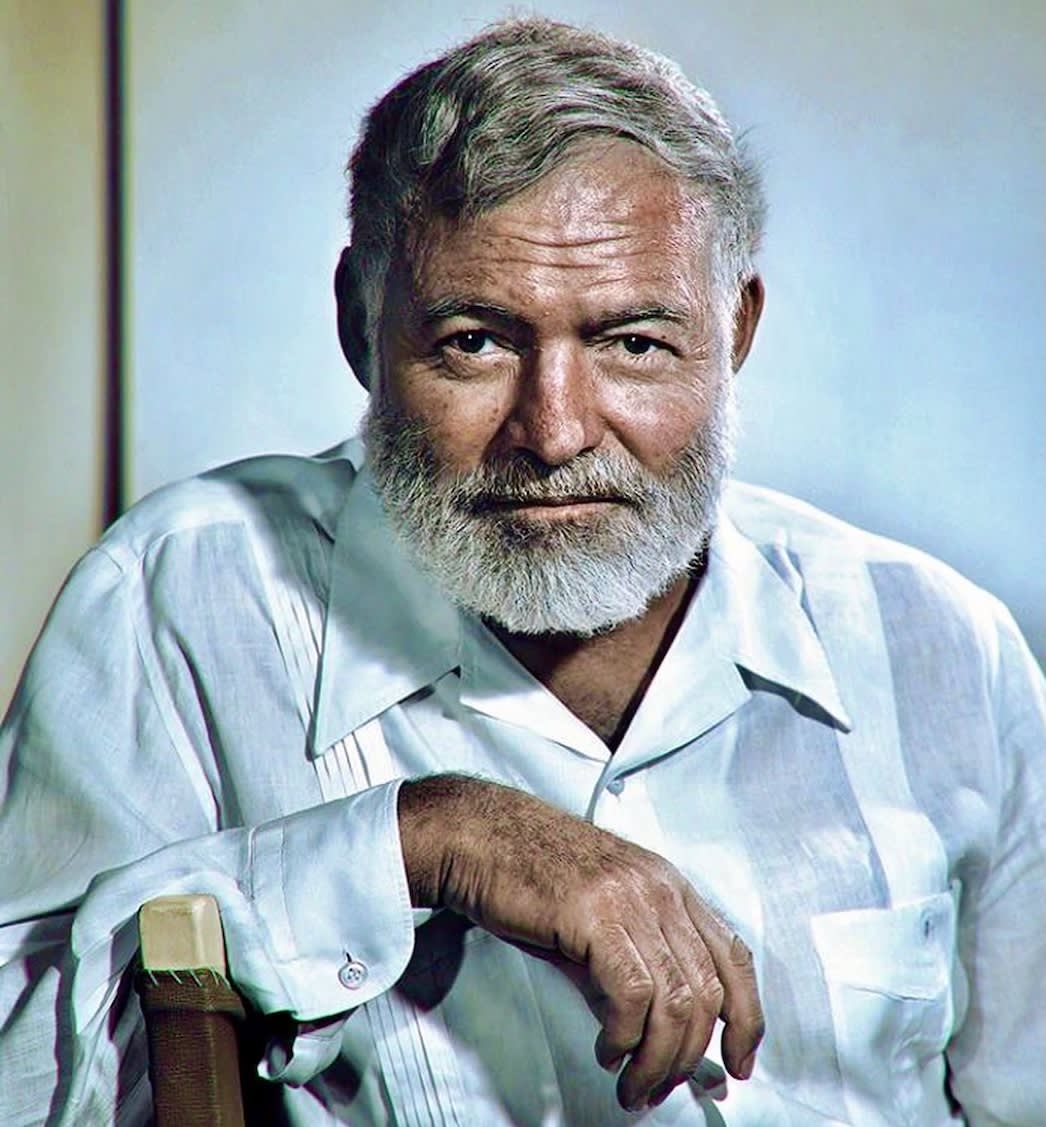Hemingway's Warning to the Modern World
And how to find meaning...
100 years ago, Ernest Hemingway predicted the cultural ruin of the West. Even though his peers believed a world without morals would free them, Hemingway saw how it would only lead to more despair. That’s why in his novel The Sun Also Rises, he depicts the chaos caused by the breakdown of traditional morality, and its repercussions on man’s quest for meaning.
Set in the 1920s, the novel depicts a group of WWI veterans living in Paris. Traumatized by the war, they orient their lives around liquor and sex, rejecting any sense of deeper meaning in the process. As the plot develops, sexual escapades, jealousy, and a journey to Pamplona slowly unravel the cohesion of the group — the result is a psychological portrait of Hemingway’s characters that eerily resembles that of many people living in modern society.
In today’s article, we explore what The Sun Also Rises has to teach contemporary readers about relationships, love, masculinity, and more. From the streets of Paris to the bullfighting ring of Pamplona, Hemingway’s debut novel is a masterclass on the troubles faced in the modern world, and how to find meaning in the midst of them…
Keep reading with a 7-day free trial
Subscribe to The Culturist to keep reading this post and get 7 days of free access to the full post archives.




